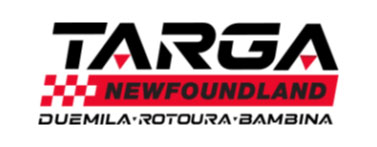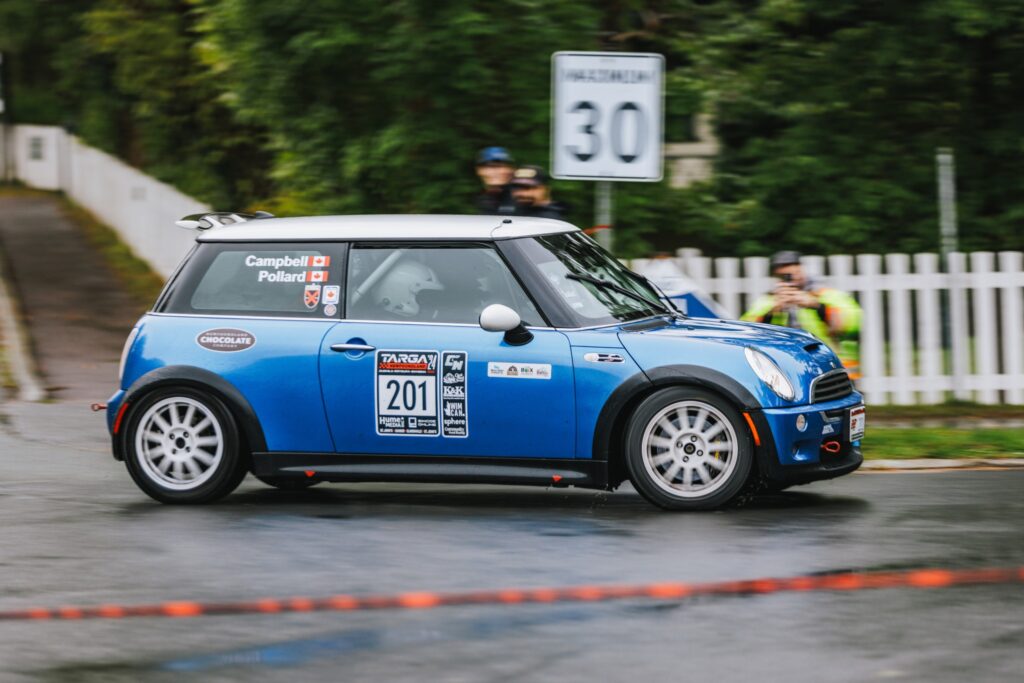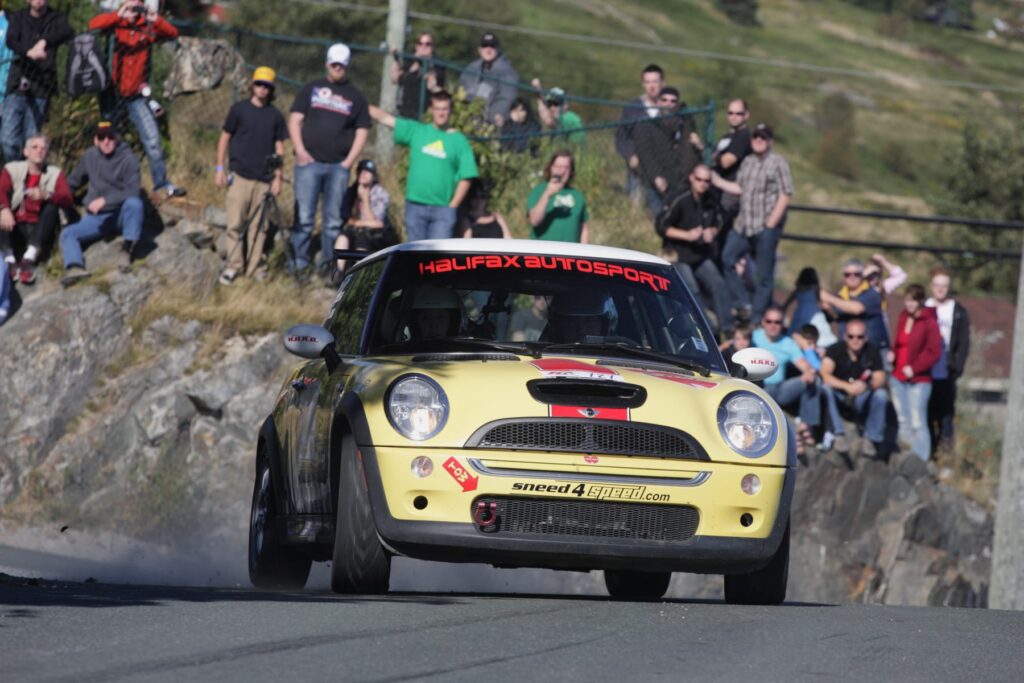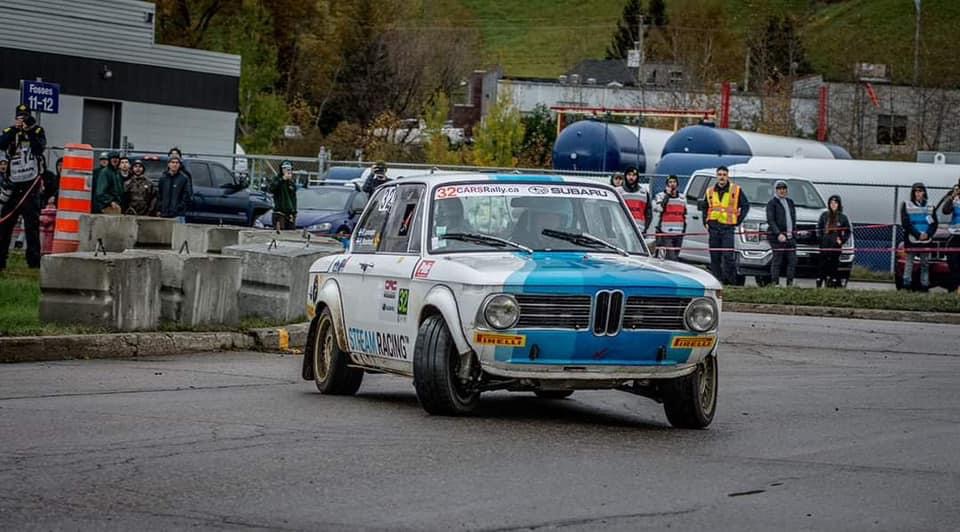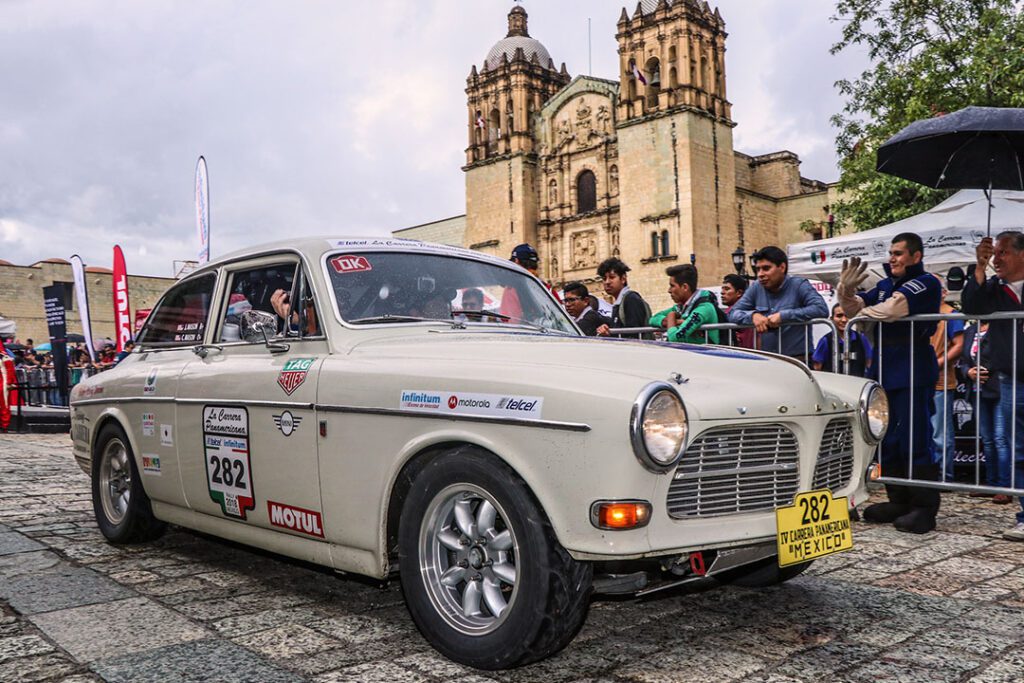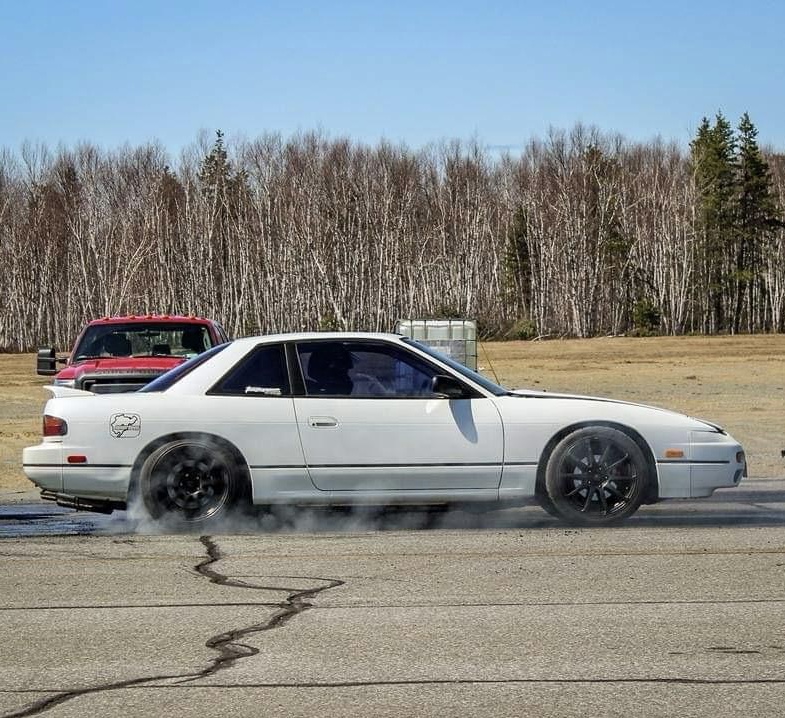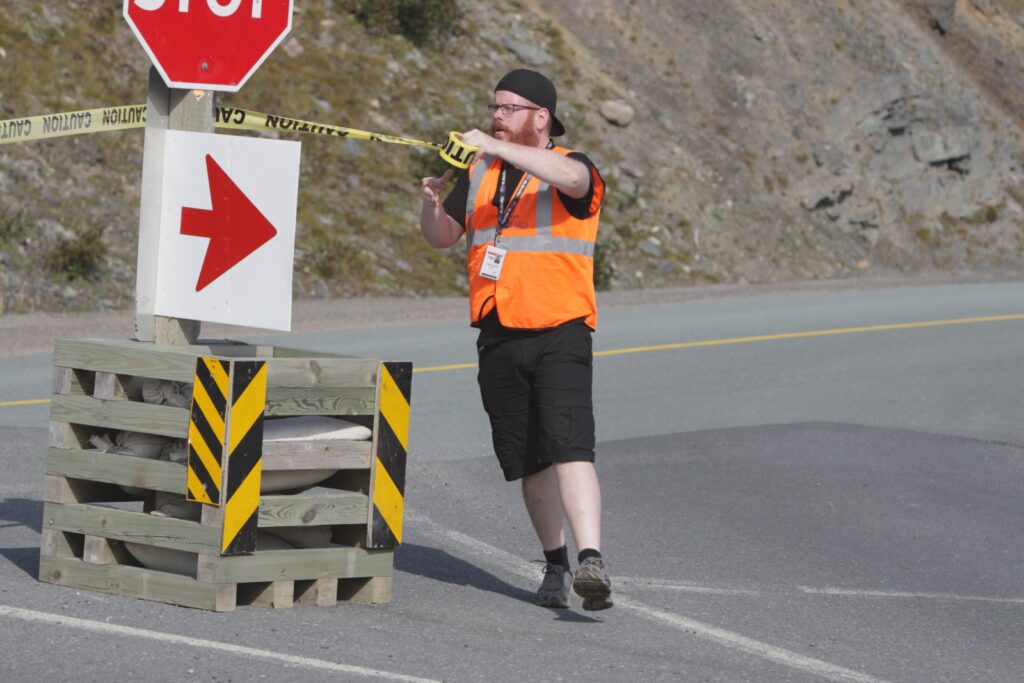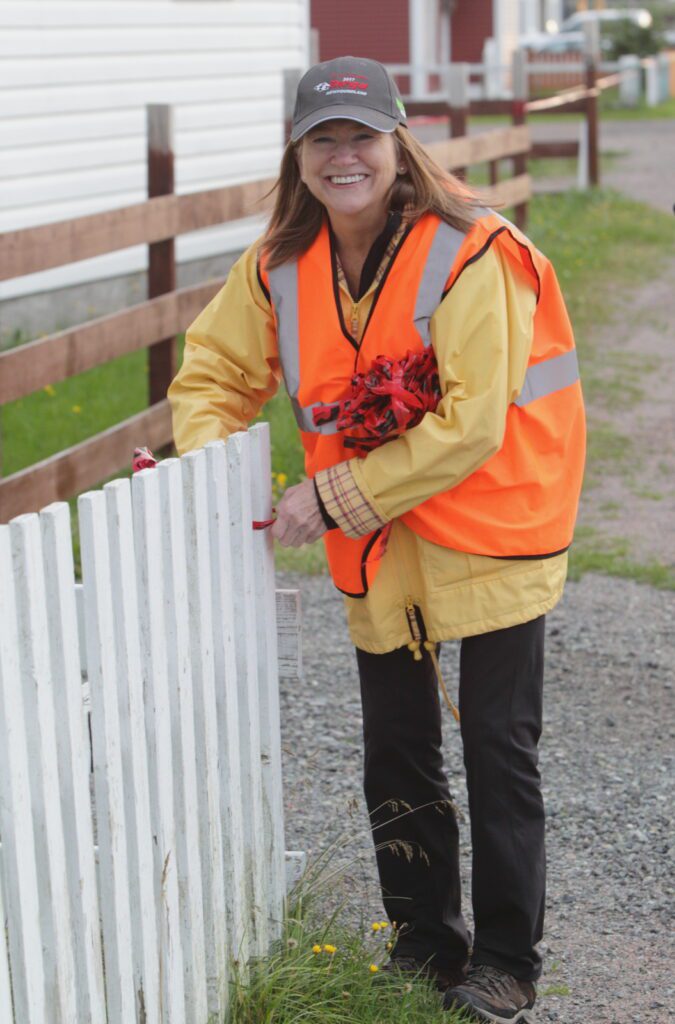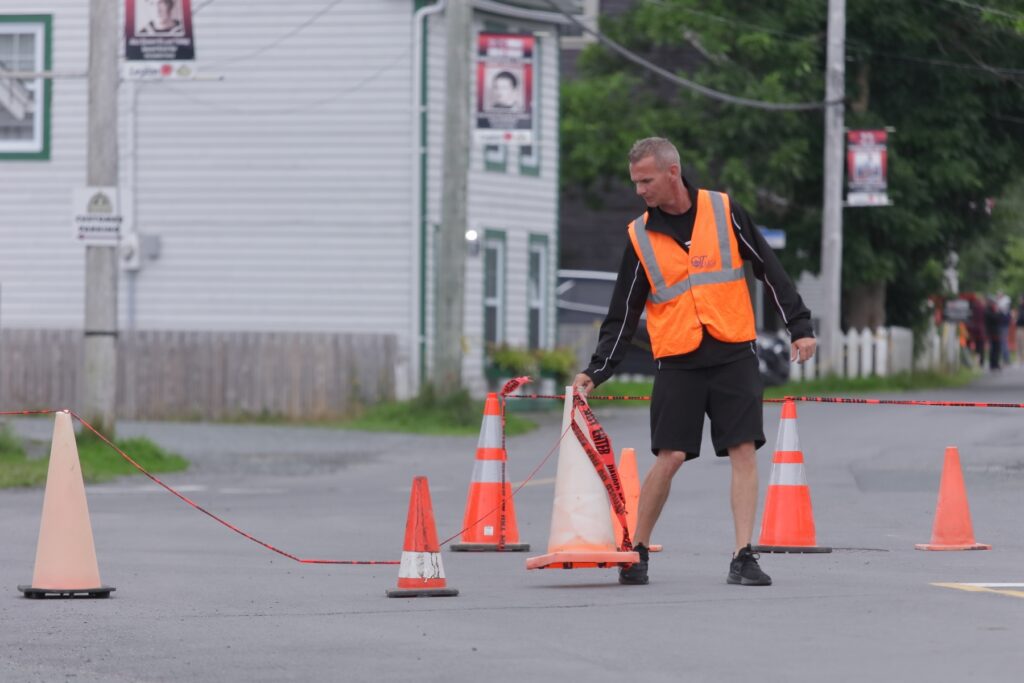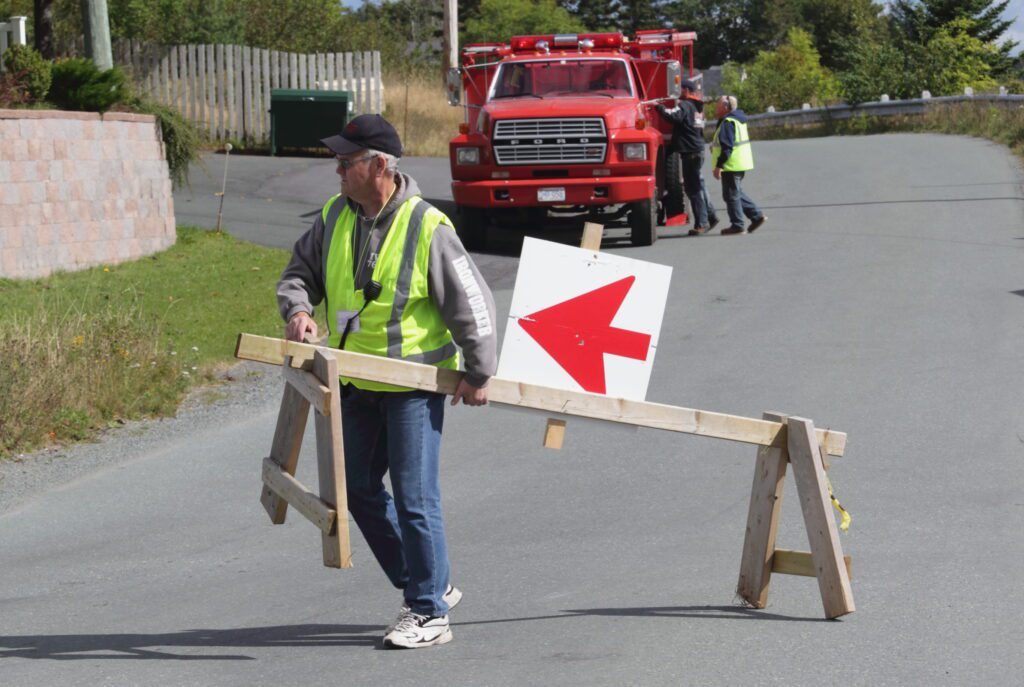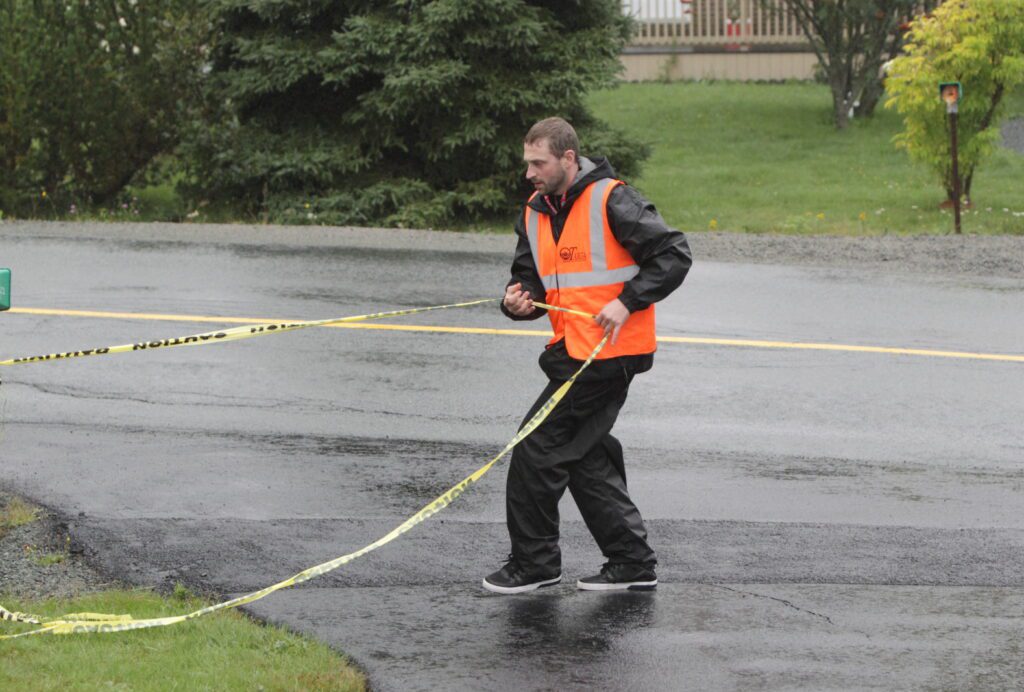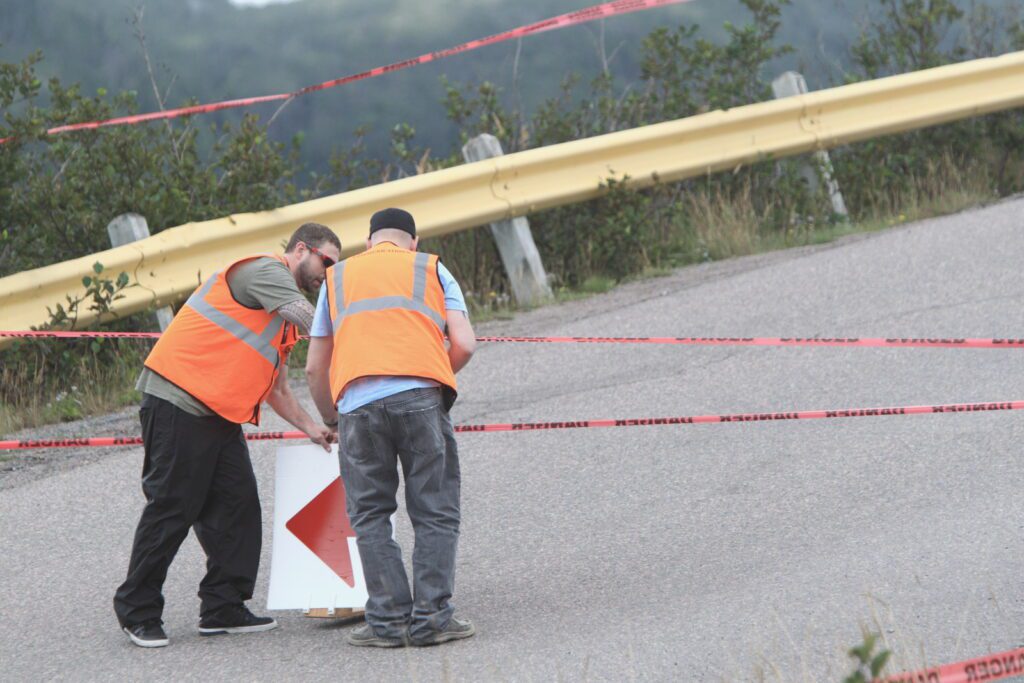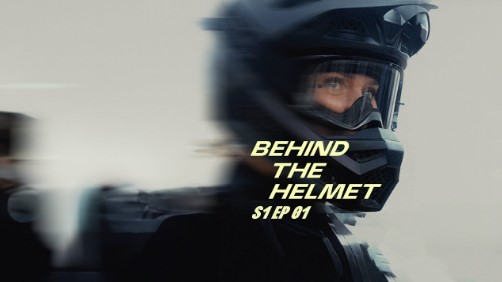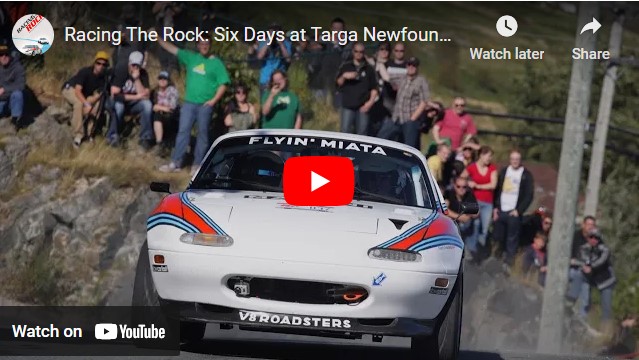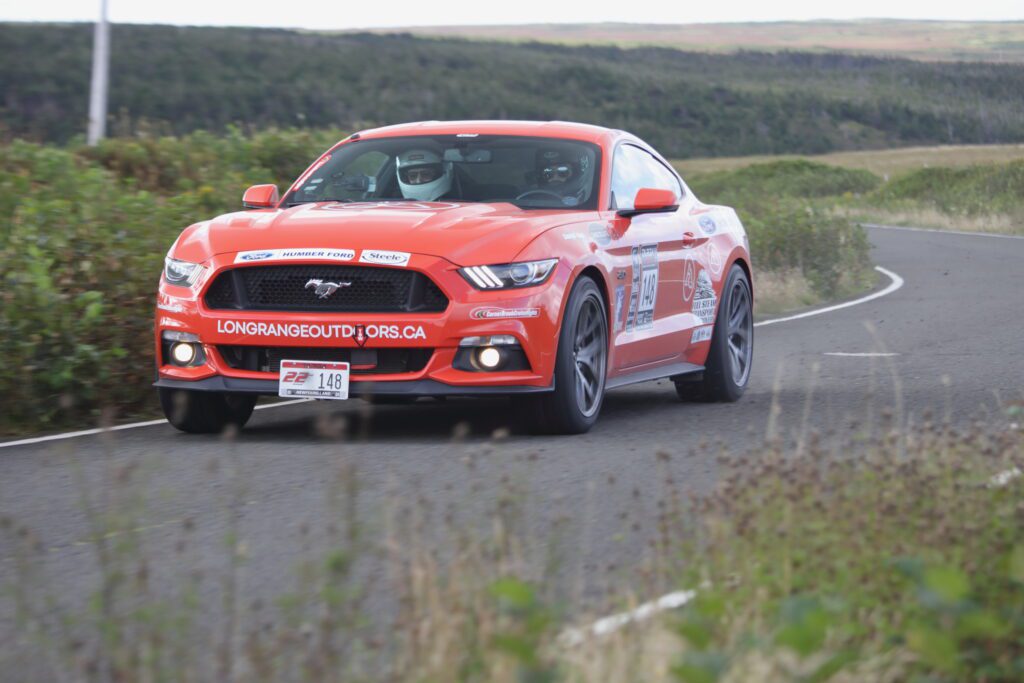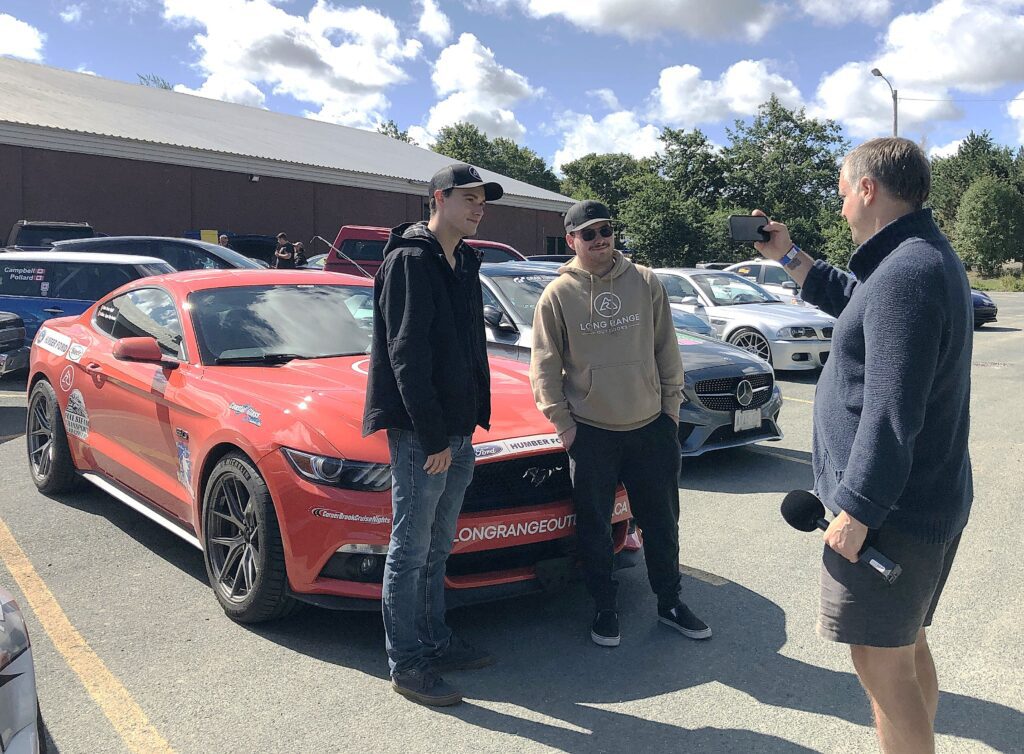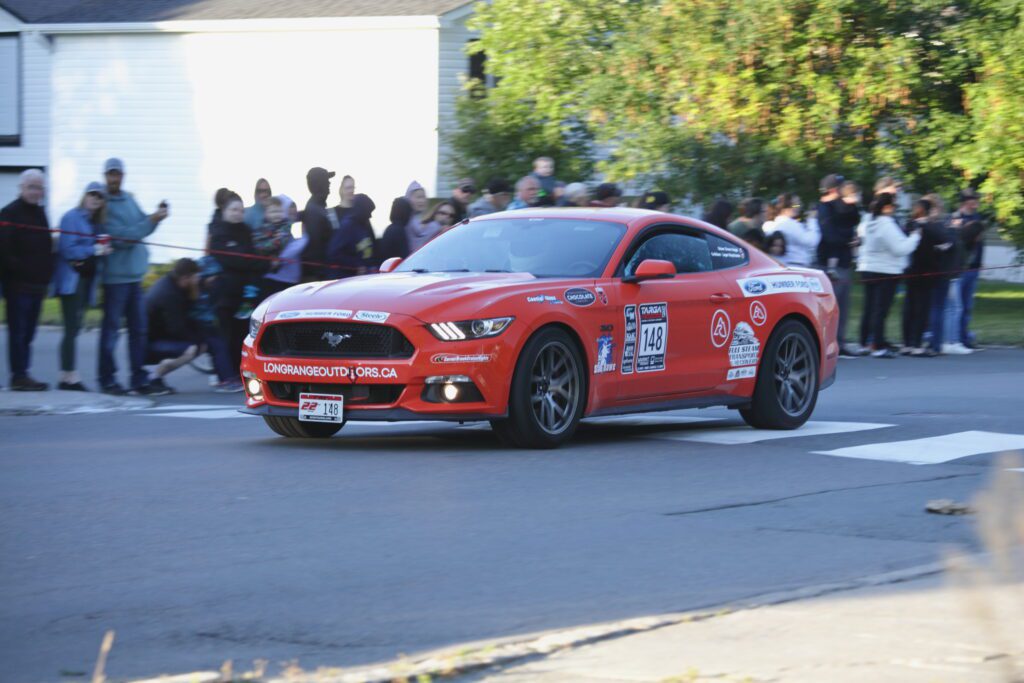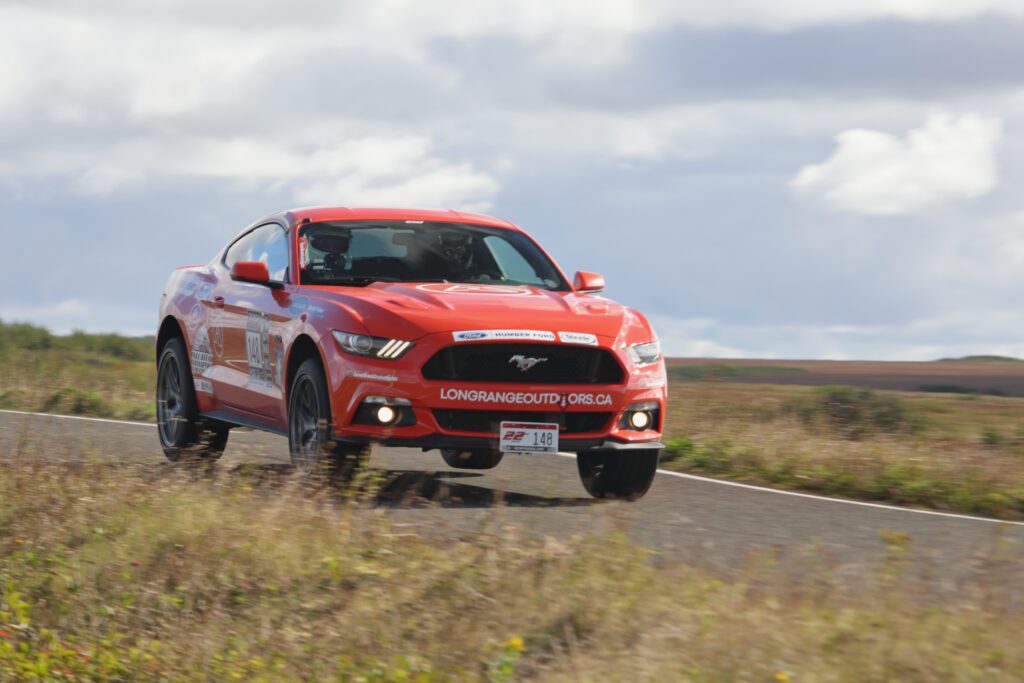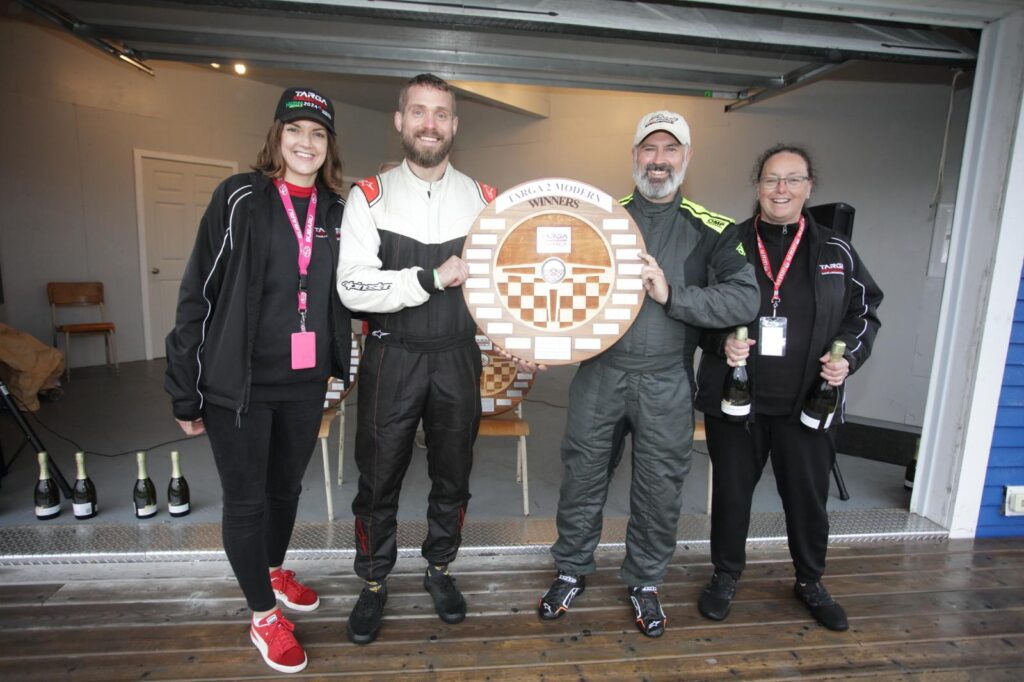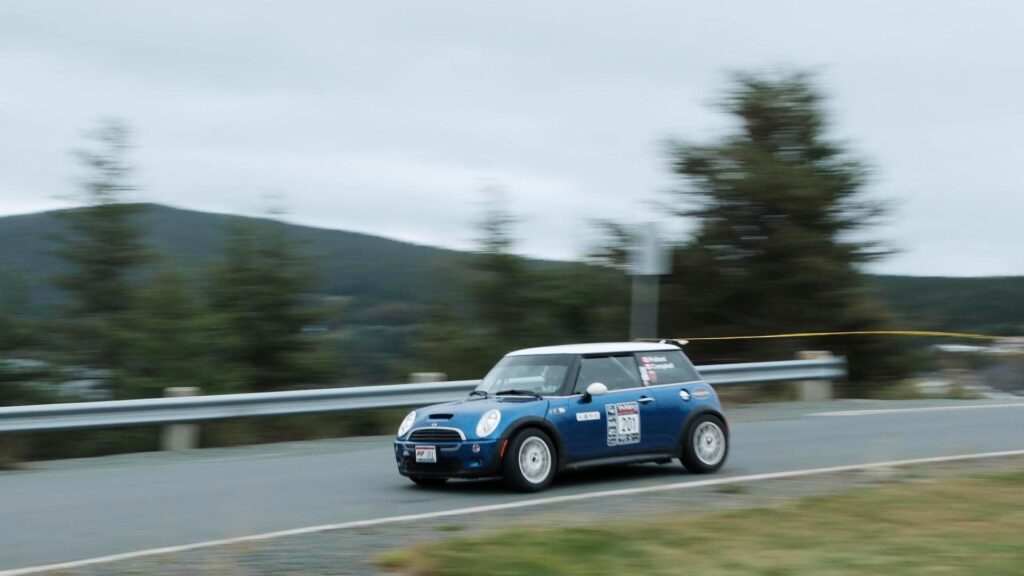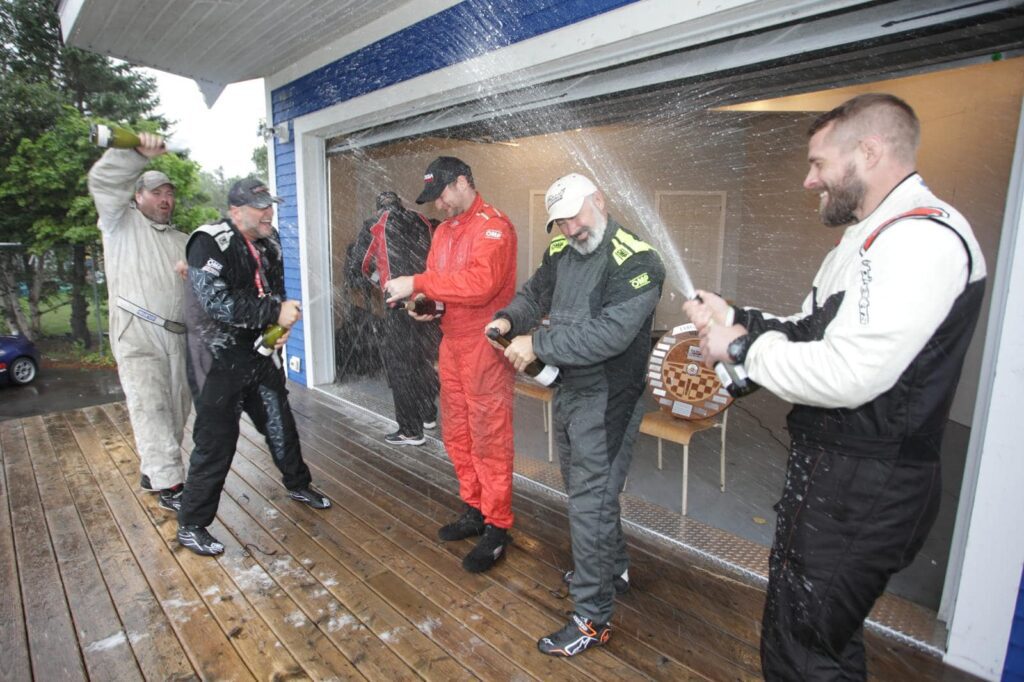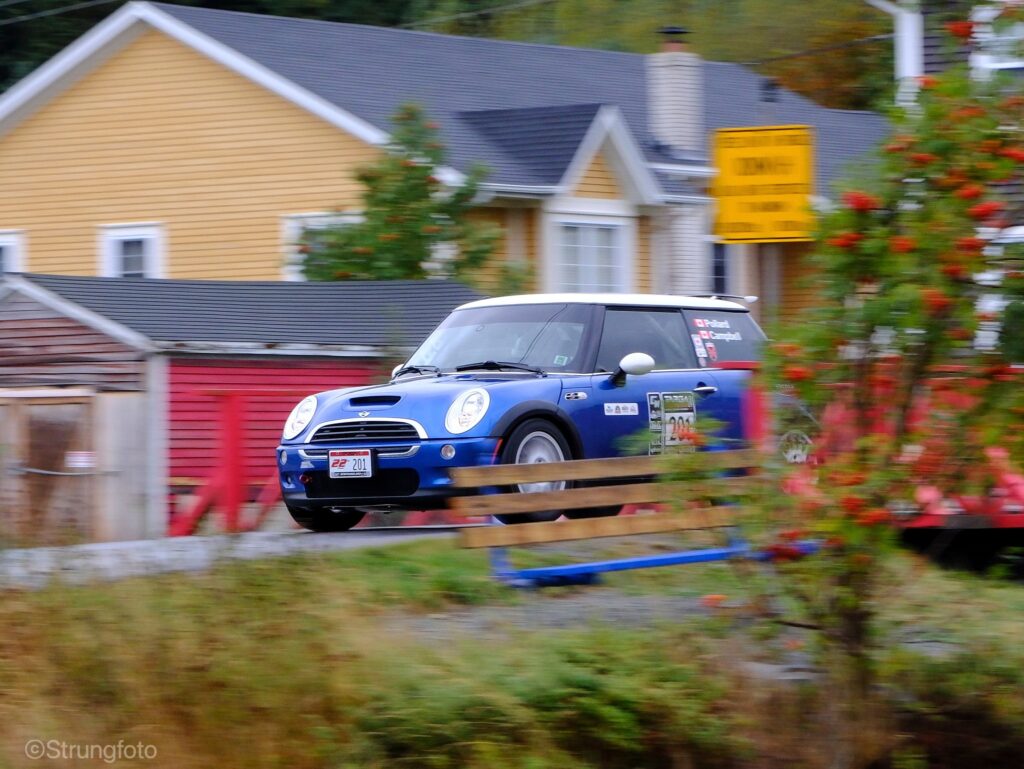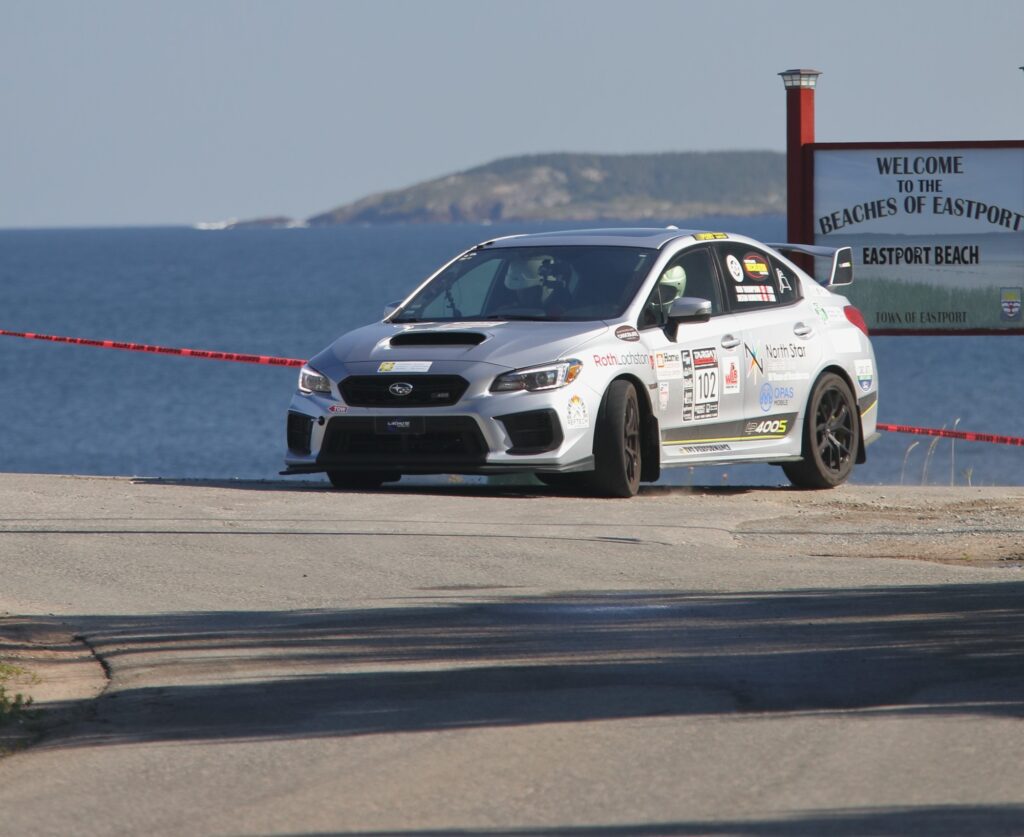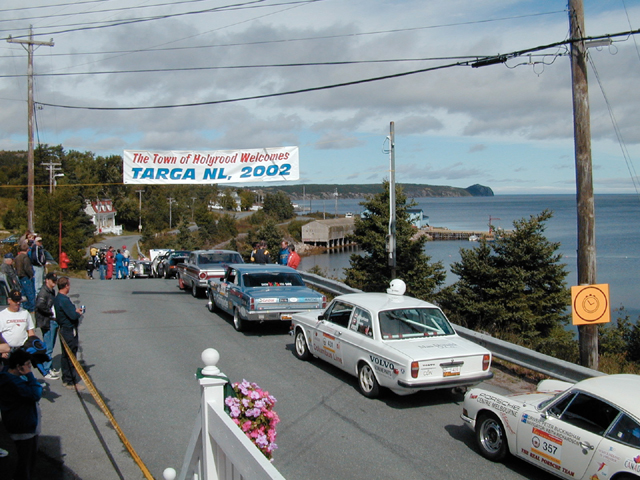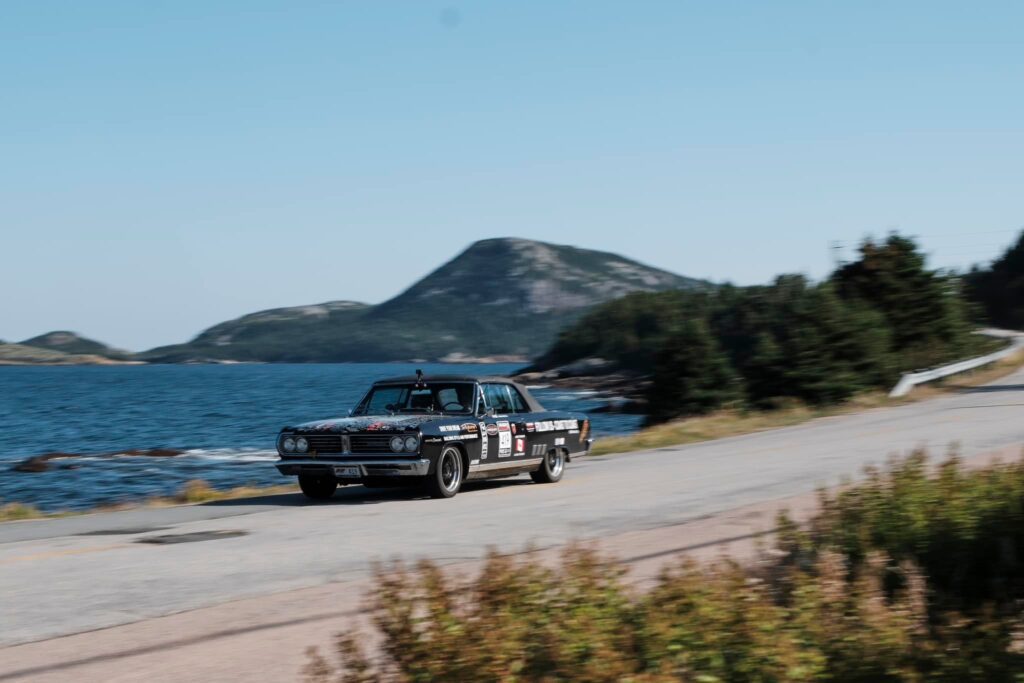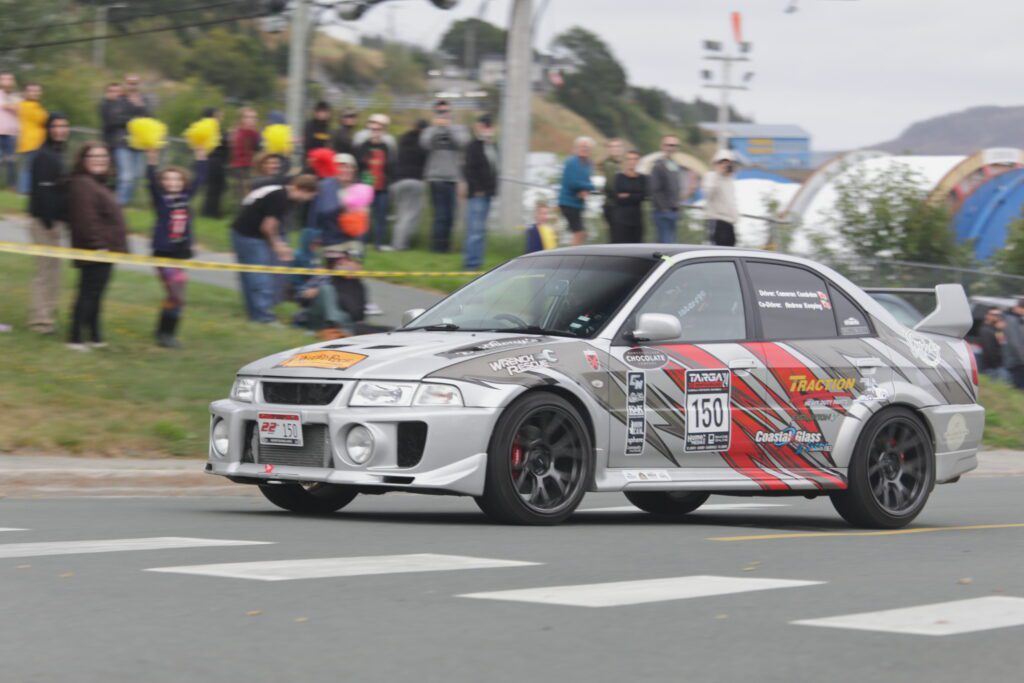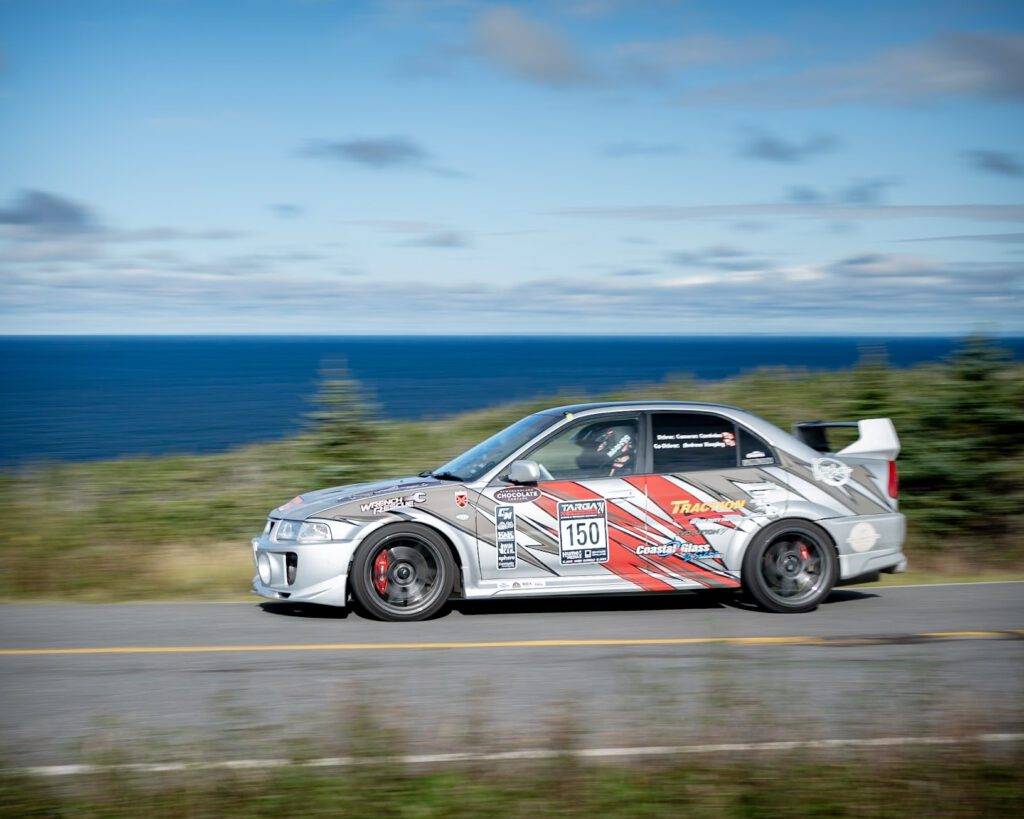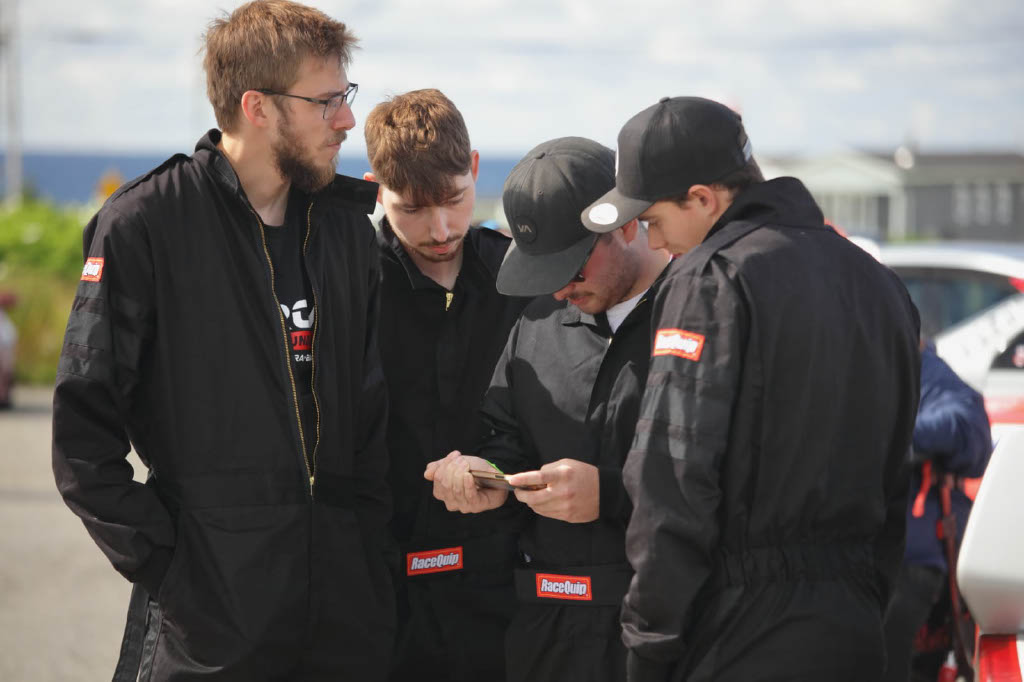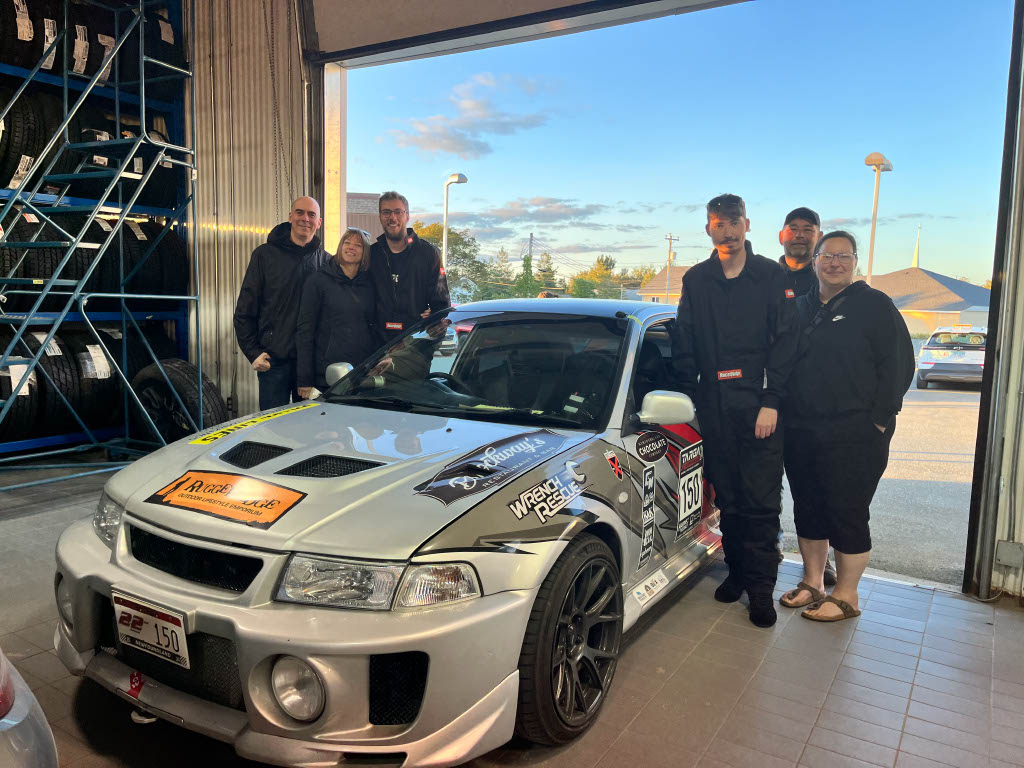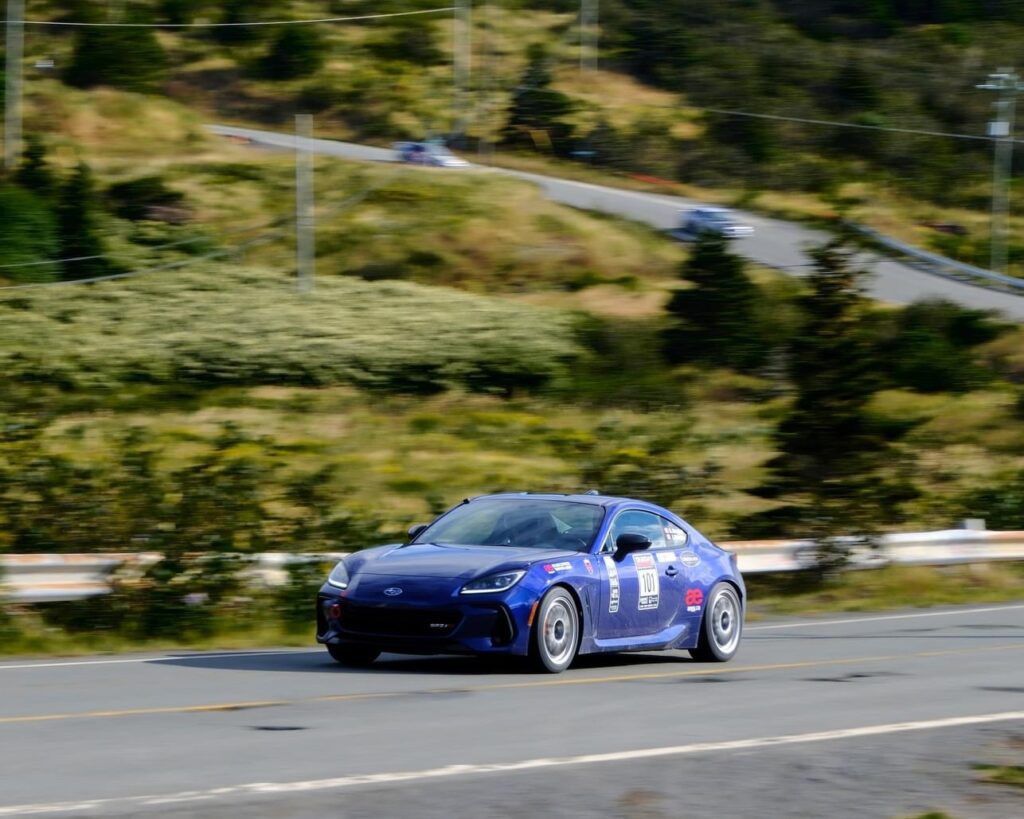
Competition is always close and fierce in the Targa 1 division. The 2024 title was only decided after the final stage in Brigus with several teams in contention. This year’s rally also promises to be a nail biter with a number of competitive teams registered already and eager to claim the Targa plate.
Targa 1 attracts both experienced racers, such as last year’s winners Randy Pobst and Paul Abbott, and enthusiastic amateurs with its blend of speed, challenging stages and camaraderie. It also draws a wide range of cars (and even the occasional truck).
The mix so far includes Japanese performance cars in the form of a Mitsubishi Evo V, Subaru STI, Subaru BRZ, Nissan 240SX and Sentra Spec-V, German muscle in a BMW M3, and American V8 grunt in a Ford Mustang GT and a Dodge Magnum RT – and yes, it does have a Hemi. What are you going to bring to challenge them?
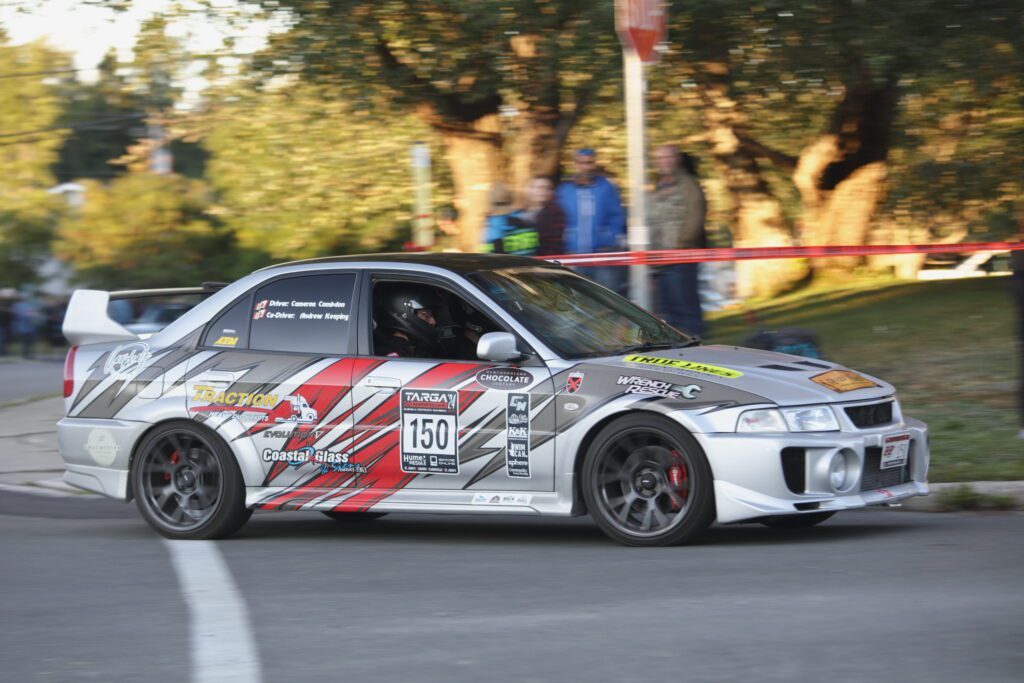
What is Targa 1?
Targa 1 is a scored and competitive division for road legal cars where teams race the clock to achieve the target time. Targa 1 cars must now be equipped with a roll bar for added safety as the top speed for this competitive division was set higher. That bar can be removable so owners can return their cars to stock appearance. Check the Rules and Regs page for more details.
The rules are simple. There are four groups within Targa 1 based on the age of the car and the number of driven wheels.
- Classic Division – pre-2000 two-wheel drive (2WD) vehicles.
- Classic Division – pre-2000 all-wheel drive (AWD) vehicles.
- Modern Division – 2000 to present two-wheel drive (2WD) vehicles.
- Modern Division – 2000 to present all-wheel drive (AWD) vehicles.
Cars are released one at a time at set intervals and race the clock to achieve the target time and minimize penalties. It’s not a race but if you’re too slow, your rivals may catch you on the course and pass you.
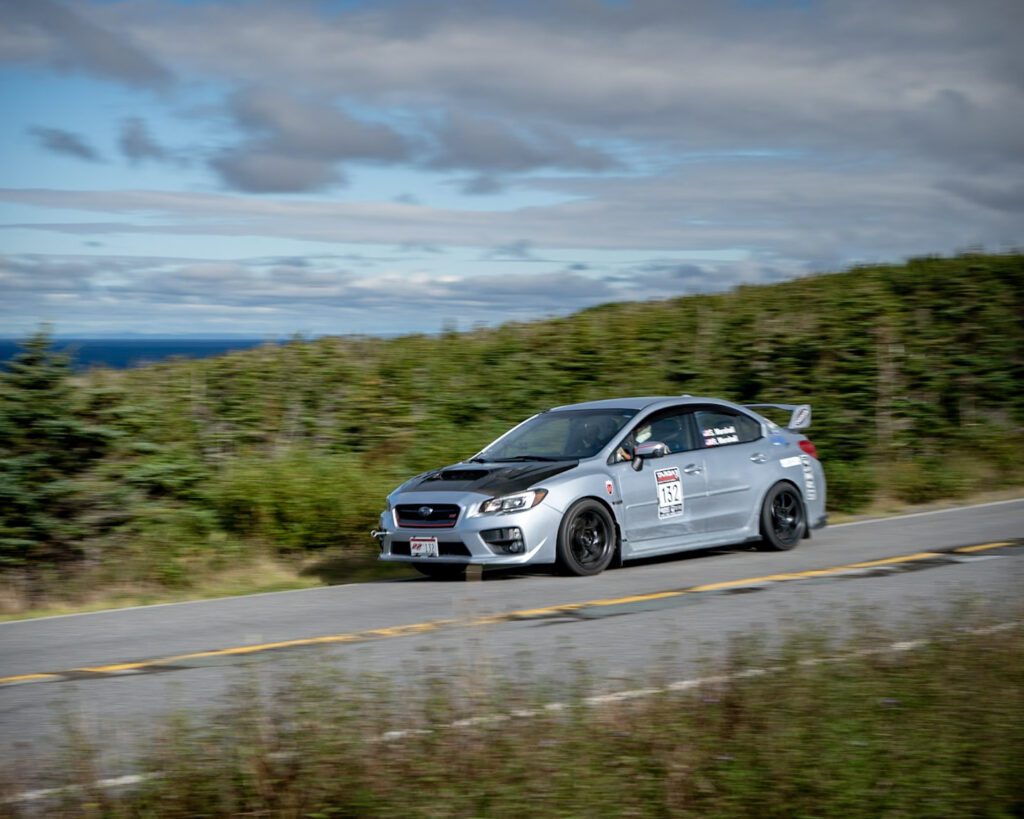
One Targa, two events
This year, Targa is divided into two events, Duemila and Rotoura, both of which include two days of classroom training (“Targa School”) with a driving skills review, stage review, and practice session before the rally begins. They run the same stages. The difference is that Duemila, which translates into two thousand as in 2000 km, is longer and includes extra stages such as the epic Brigus finale.
- Targa Duemila – an eight-day competition
- Targa Rotoura – a six-day competition
Which one is right for you?
How does Targa 1 compare to the other divisions?
This chart shows the average and top speeds for each division along with the safety requirements.
| Group | Safety | Average Speed (kph) | Top Speed (kph) | |
| Targa Tour | All | Roll bar required (open, removable roof, removable hard top cars) | 120 | 130 |
| Targa 1 | 2WD (Classic and Modern) | Roll bar required (all) | 130 | 155 |
| AWD (Classic and Modern) | Roll bar required (all) | 130 | 155 | |
| Targa 2 | 2WD (Classic and Modern) | Roll cage (all) | 140 | 180 |
| AWD (Classic and Modern) | Roll cage (all) | 140 | 180 |
Who is going to win Targa 1 In 2025? It could be you. Apply now for the ultimate tarmac rally experience!
